- 15 May 2016
- India
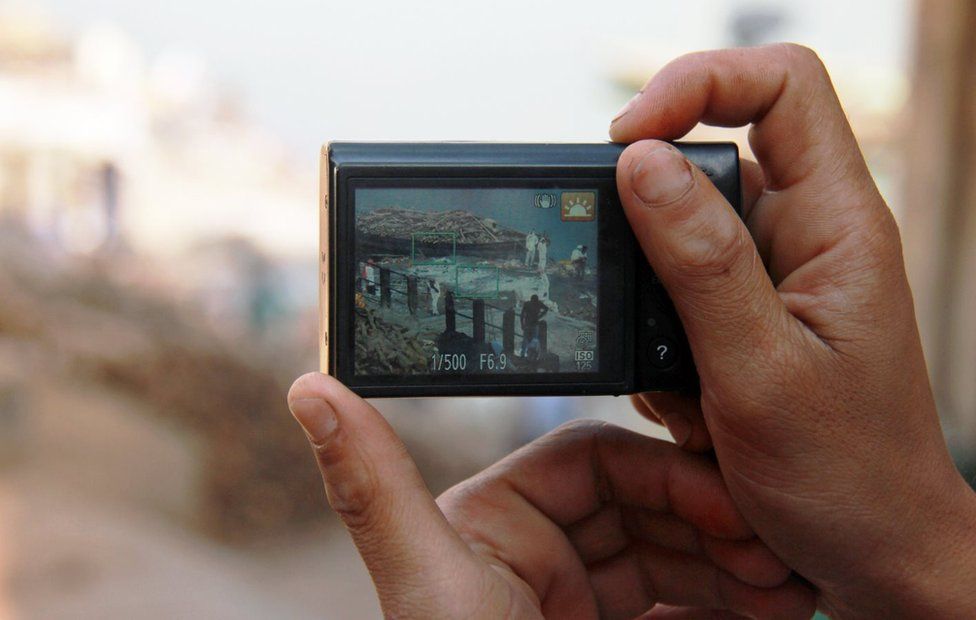
The ancient Indian city of Varanasi is known as the religious capital of Hinduism and its ghats - steps on the banks of the river Ganges - are considered sacred. On one such ghat, the BBC's Vikas Pandey meets some people who call themselves the 'death photographers'.
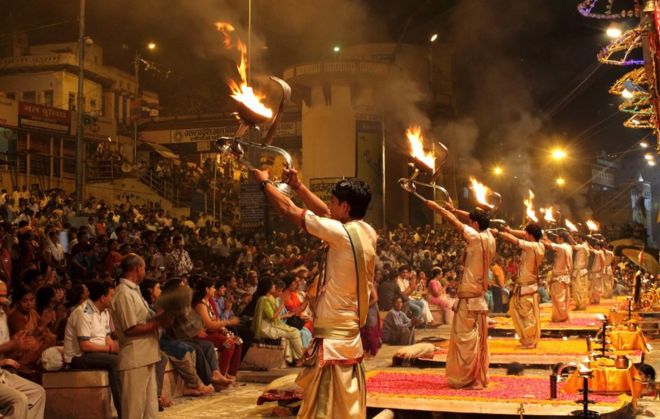
Varanasi has many ghats where people from all over the country come to pray and take a dip in the holy Ganges river.
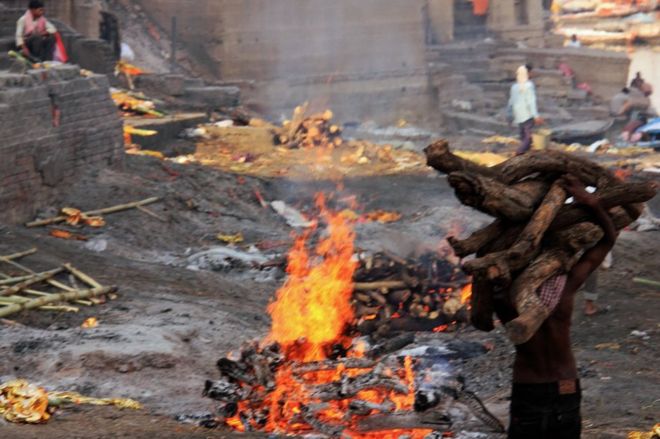
But at least two ghats are reserved for cremation. Hindus believe that if a person is cremated in Varanasi, the deceased will achieve release from sufferings of the cycle of birth and death.
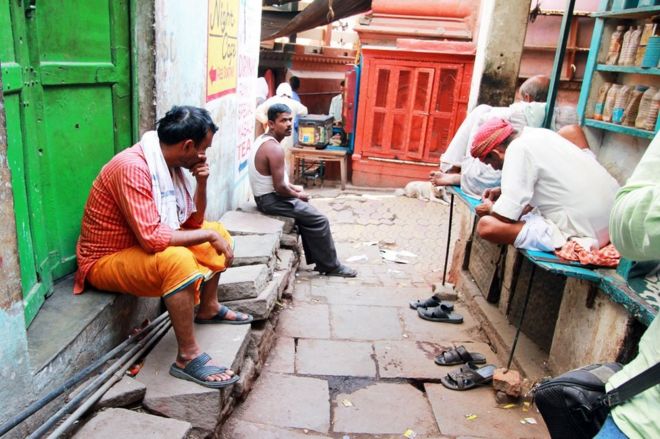
Most ghats are joined by a maze of ancient lanes and bylanes and together they give an impression of a city which is frozen in time. In such lanes, the 'death photographers' run their makeshift studios.
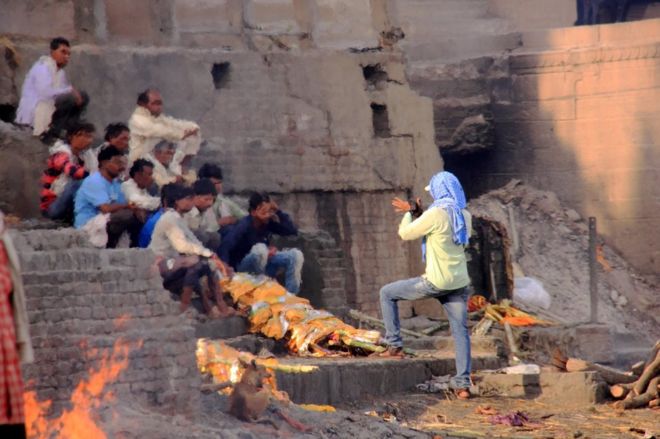
Many people request these photographers to get one last picture with the deceased for different purposes.

For some, it's just a matter of having a final memory and for others the pictures act as a proof of death in official papers.
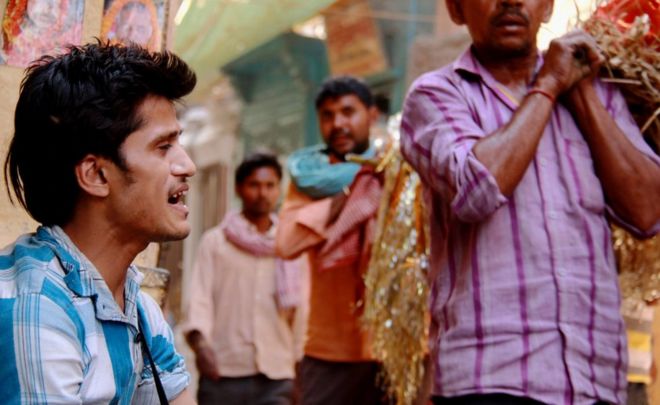
Indra Kumar Jha has been working as a photographer on the Manikarnika ghat for almost a decade, following in the footsteps of his father. "I still remember my early days. It wasn't easy but now I feel at ease and treat it as just another job. If a final picture brings some solace to the grieving family, I feel satisfied," he said.

Mr Jha lives in one of the bylanes and goes to the cremation ghat every day. He sometimes spends 12-15 hours every day taking pictures of dead bodies.
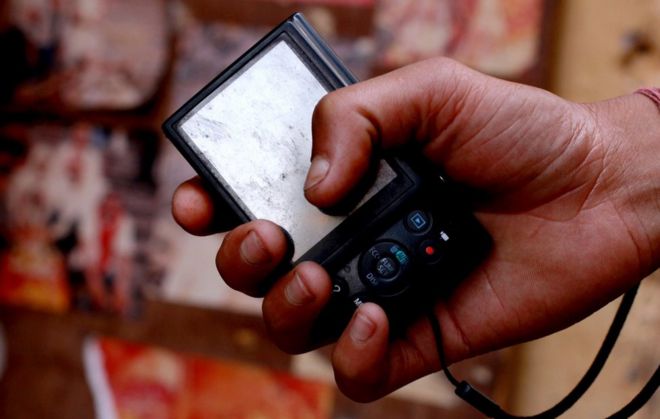
He uses a small digital camera and gets pictures printed in a nearby shop. He charges 200 rupees (£2;$3) for two pictures but in some cases he and other photographers don't charge any fee. "Whenever we are asked to take a picture of a dead child or a young person, we don't charge any money. It's an unwritten rule for us and we follow it out of compassion for grieving families," he said.
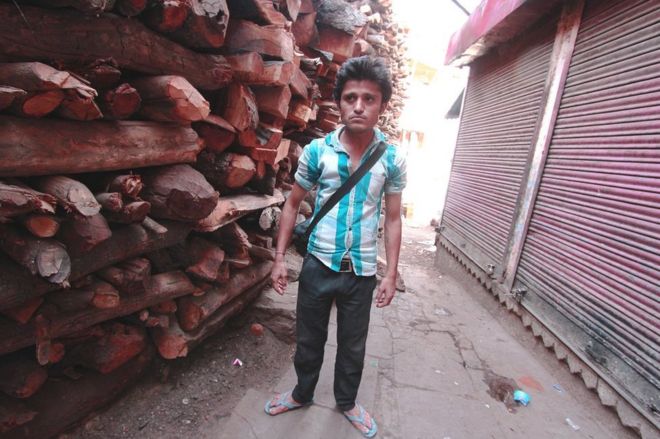
He walks back every afternoon to his home for lunch. "I ensure that I take breaks because the stench of the burning flesh can drive you crazy. It's not an easy job. A little break helps me stay sane," he said.
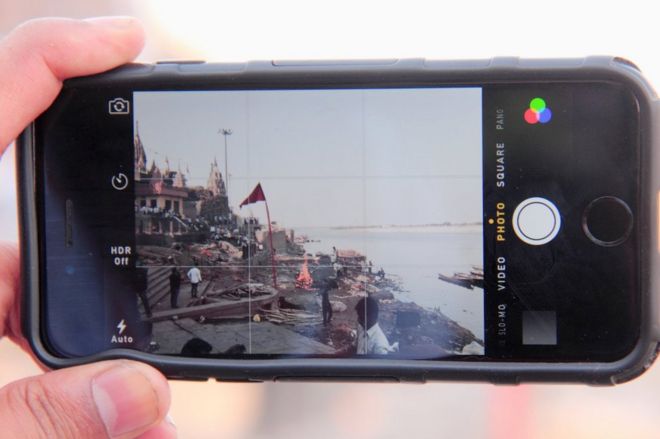
Mr Jha said he used to make anything between 3,000 to 5,000 rupees on a good day. "But now most people have mobile phones and that has affected our business. Now I consider even earning 1,000 rupees as a good day," he said.
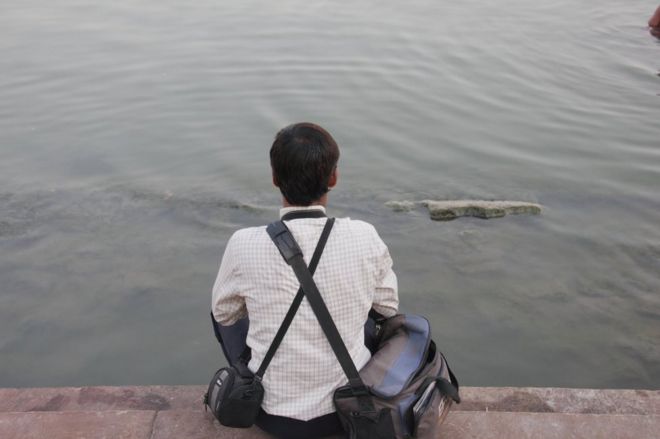
Kaushal Kumar and two others did not want to be identified as death photographers because they feared that their relatives would find out about their job. "It's not a job you want others to talk about. I hope to leave this job someday. I want to make enough money to get trained and do wedding photography," one of the photographers said.
"I don't want to spend all my time amid dead bodies, grieving families, sadness and tears."
Pictures by Ankit Srinivas

No comments:
Post a Comment